Malovište: Pelister’s Picturesque Vlach Village
The Pelister National Park isn’t just home to mountains, forests, and wild animals, but also to people. The Vlach town of Malovište is a few miles within the park’s boundaries. We spent half a day here, meeting the locals, and enjoying the ultra-throwback feel of a town that time forgot.
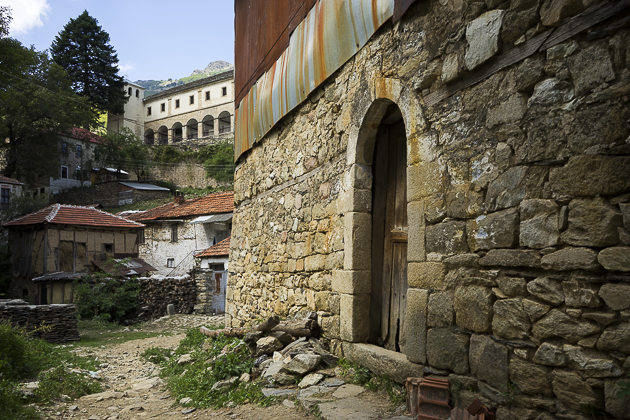
The Vlachs who still make up the bulk of Malovište’s population are an ethnic minority, also known as Wallachians or Aromanians, and their settlements are scattered throughout the Balkans. Their language is similar to Romanian, and on a different linguistic branch than the Slavic tongue spoken by the majority of Macedonians.
We arrived in Malovište after a gorgeous drive through the national park, and parked our car near the sign which welcomes visitors. Although there’s been a recent effort to attract tourists, this is still the kind of place where a foreign face attracts a lot of attention — from the villagers, as well as from their dogs, cats, chickens, goats and donkeys.
Within no time, we were chatting with an older couple who seemed happy for any excuse to pause their outdoor chores (him chopping wood, her brushing the steps). “Chatting” might be an exaggerated way to describe an interchange that didn’t progress much beyond “hello” and “tourist,” but we did manage to get her name (Guinevere) along with what we assumed was a suggestion to visit the town’s church, the Sveta Petka.
The church was locked, so we knocked at the door of the nearest house. In an almost comical fashion, three guys poked their heads out the window. They were definitely brothers, all with the same lithe build and the same bushy mustache. Brother #2 grabbed the key and accompanied us to the church. I’m not sure when the Sveta Petka was built, but it must have been long ago, when there were a lot more residents in Malovište, and a lot more money.
There’s only one road in Malovište, but before leaving, we explored some of the unpaved alleys. Although a few of the houses have been restored, the majority are in the process of falling over. It’s not hard to imagine how beautiful this town must once have been… it’s still beautiful, of course, but in a melancholic way.
Given its location in the middle of a national park, I don’t see how Malovište could ever fully rejoin the modern world. But with the abundant, untouched nature, and the sleepy way of life, it makes for a perfect excursion into a simpler, more romantic era.

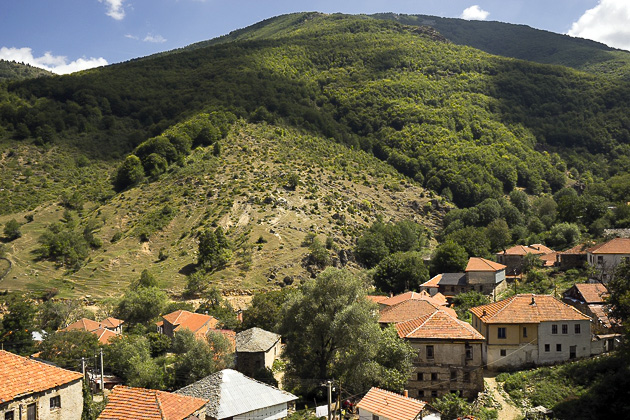
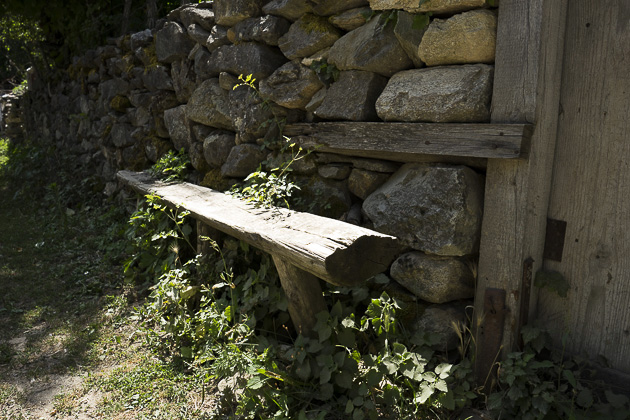


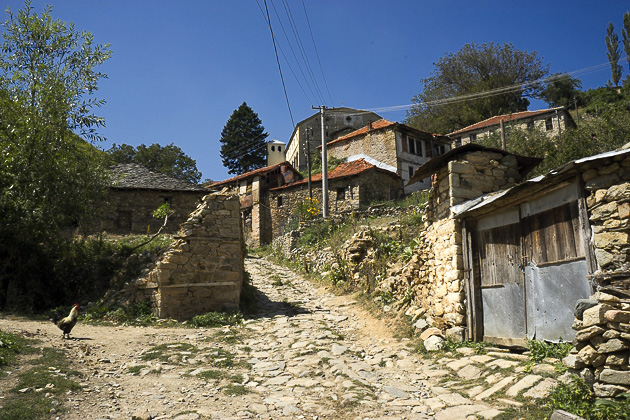
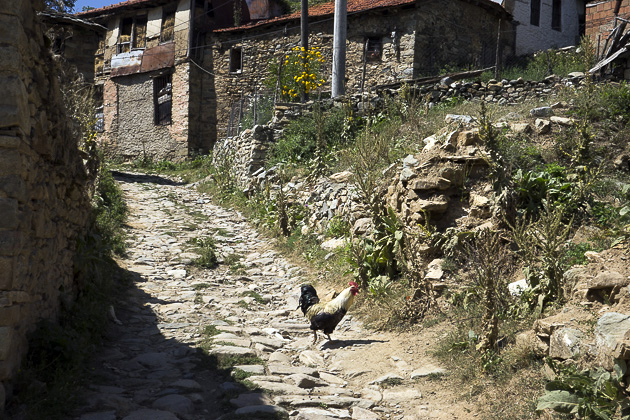
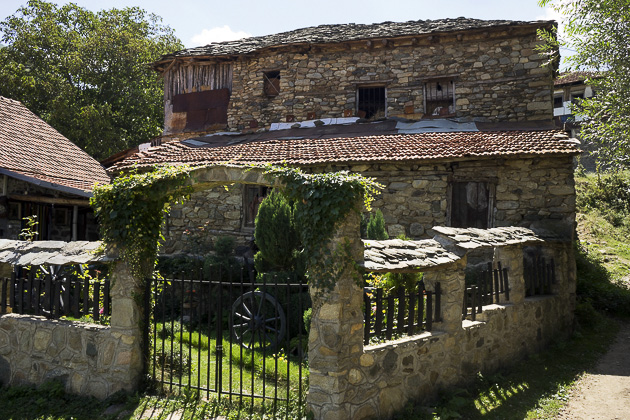
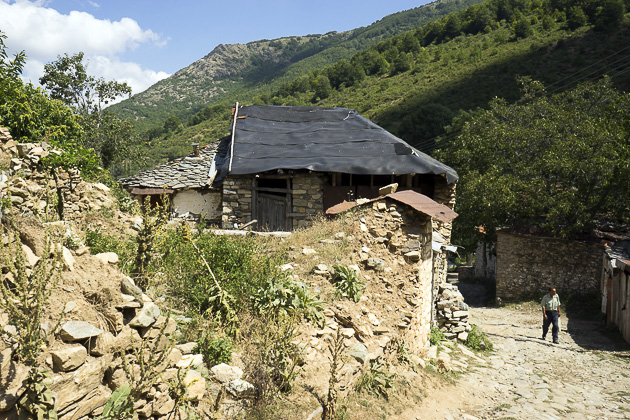
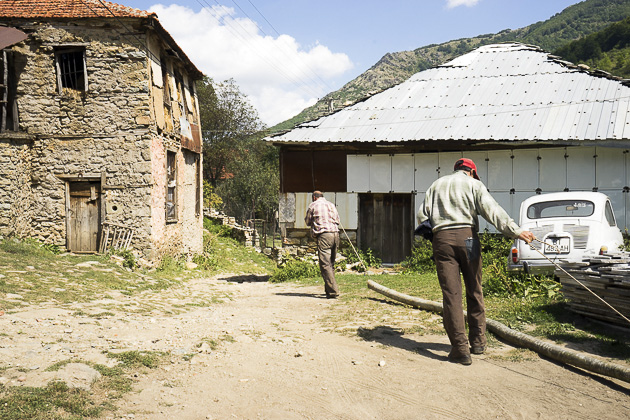


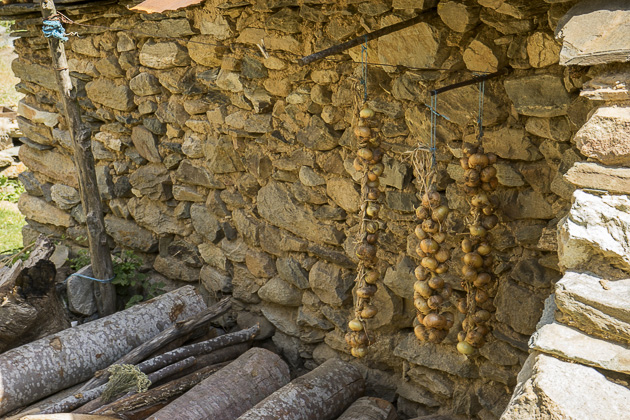
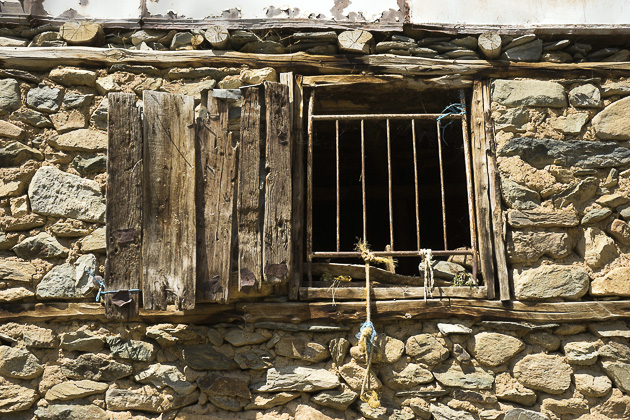
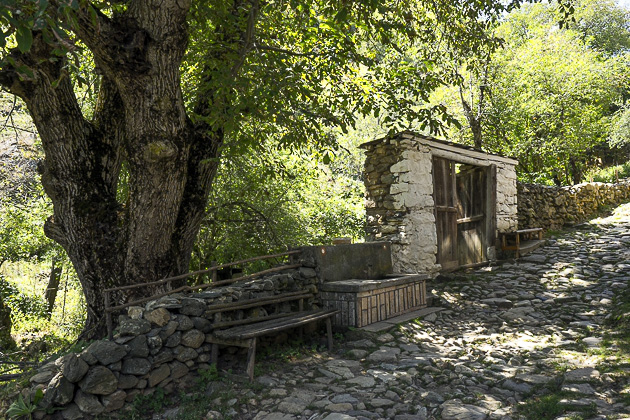
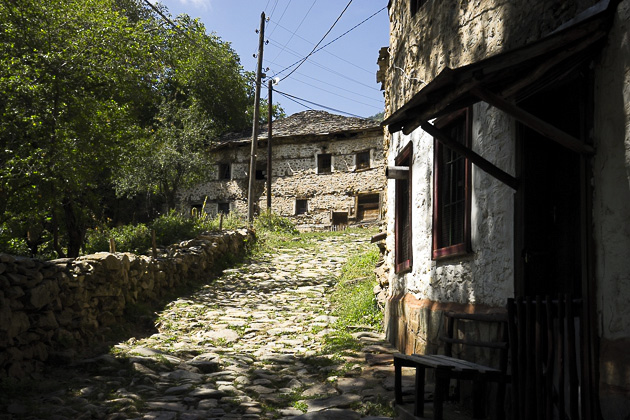


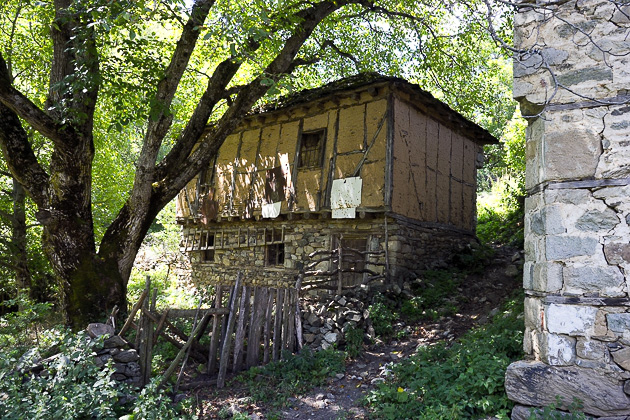

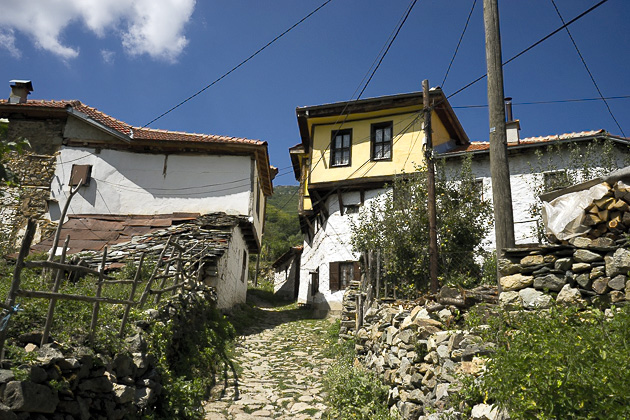
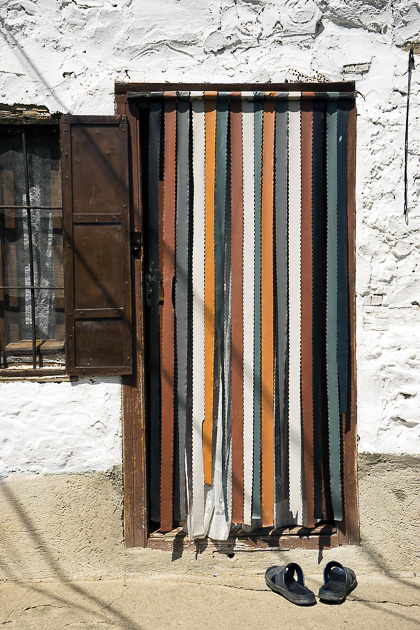
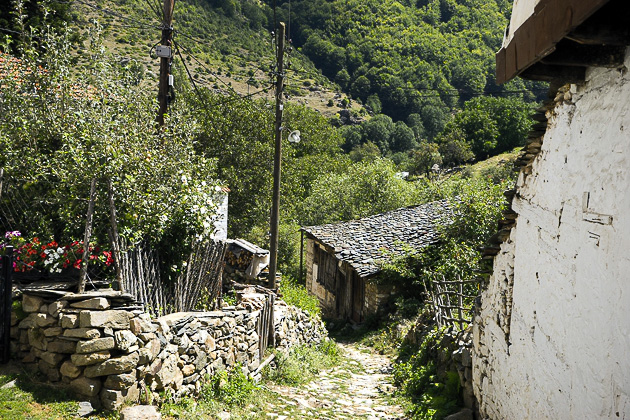
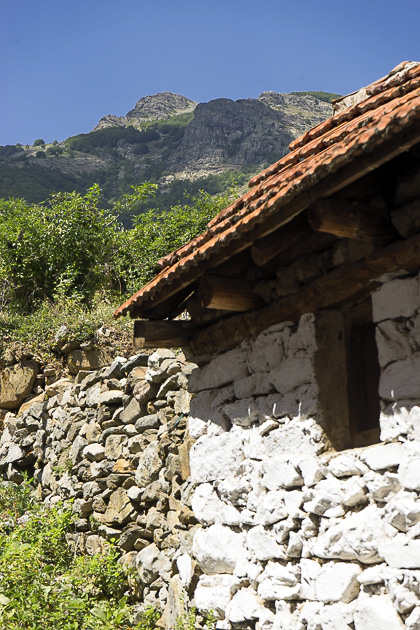

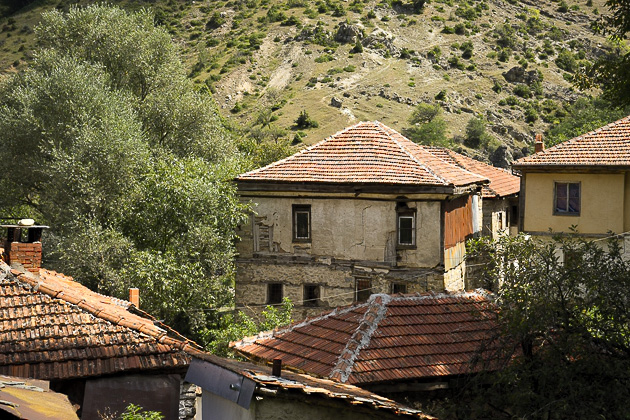
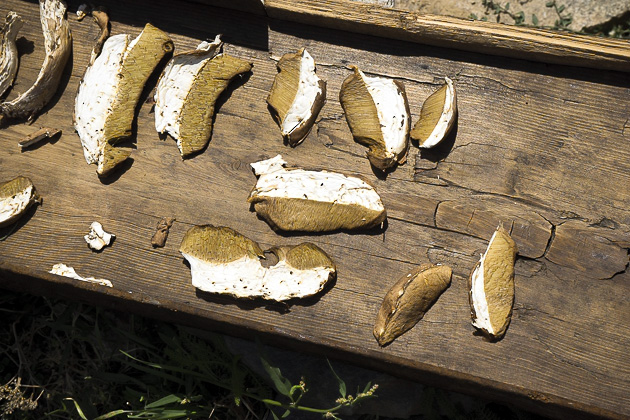

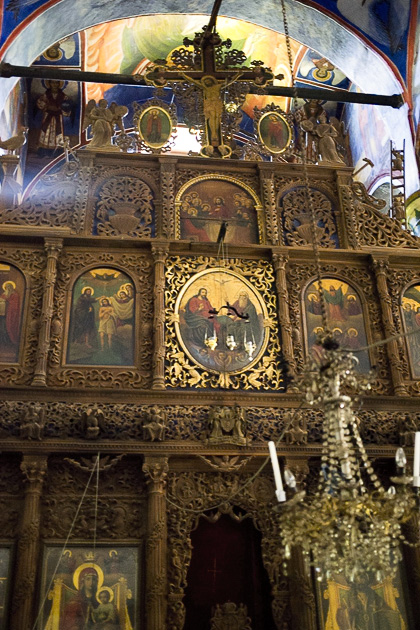
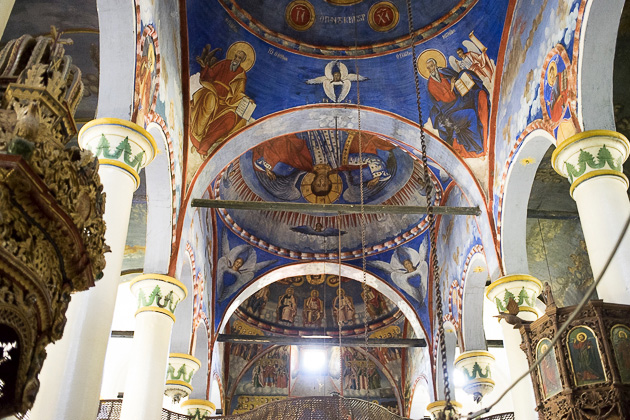
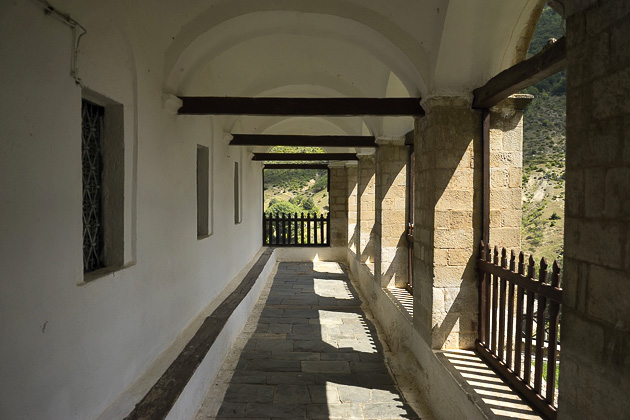
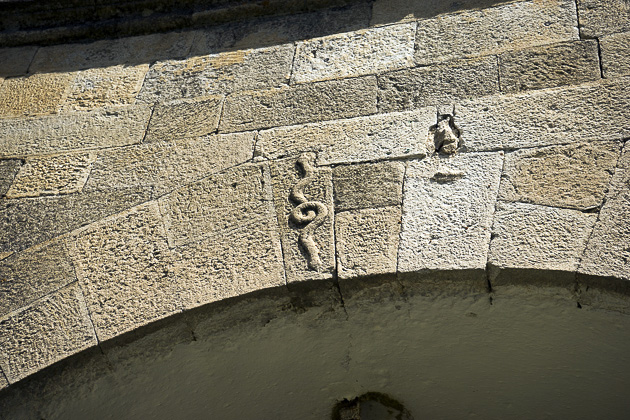
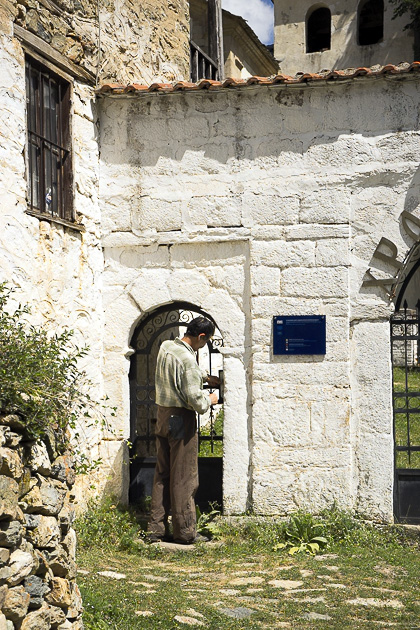

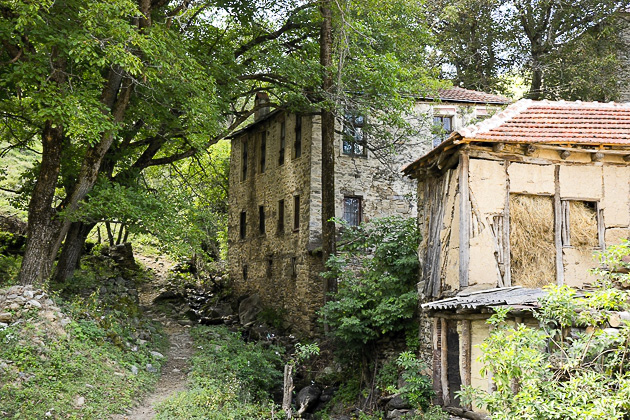
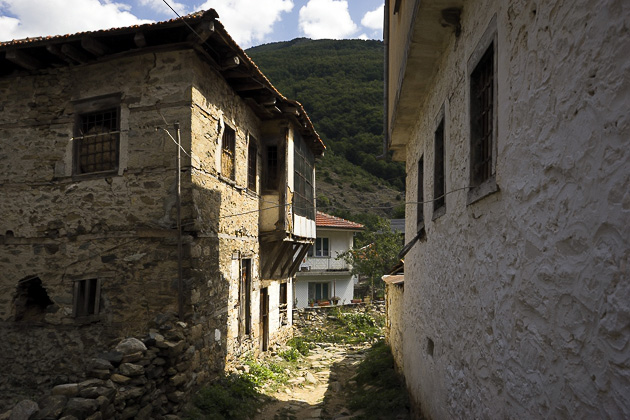
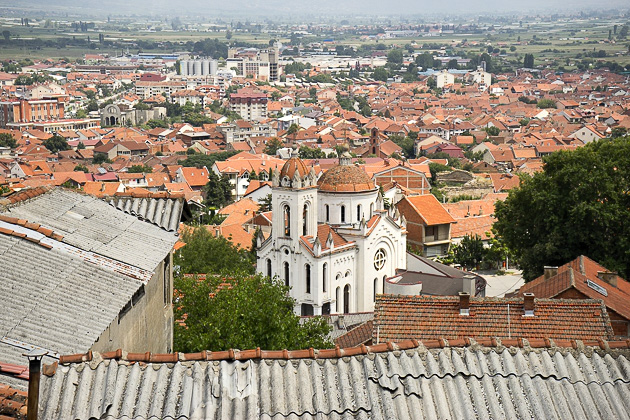
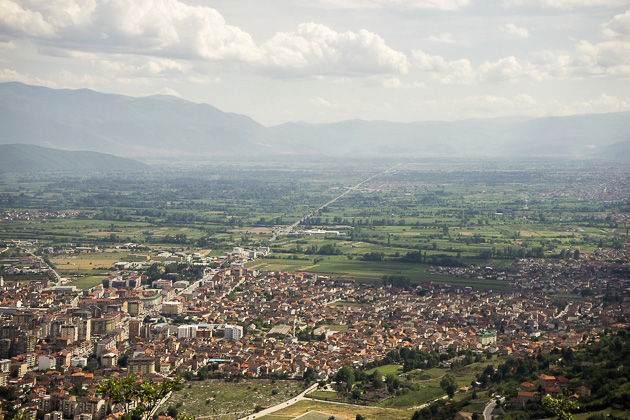


My grandmother was born in Moloviste (in 1888), and my grandfather was born in Crusova (in 1886). 5 years ago, I left for a week Romania to find my roots. It was a magnificient journay: Moloviste, Crusova, Bituli, Prilep, Ohrid, Moscopole. For me, Moloviste was a kind of heaven: the poorest village I ever have seen – people was free and happy, but also thankful to God for all they have received; for them, it was enough. Sveta Petka Monastery is gorgious.
My grandparents were born in Maloviste and considered themselves Vlach. They spoke a Latin dialect that is similar to Romanian, but not the same. The Romanians called them tsintsar, Romanian for mosquito, because in their dialect the ‘ch’ sound was replaced by ‘ts’, so that a Romanian phrase such as how are you, ‘ce faci’ became ‘tsi fatsi’. The Vlachsdid not originate from Romania, but, like the Romanians they took their language and heritage from the Roman invaders.